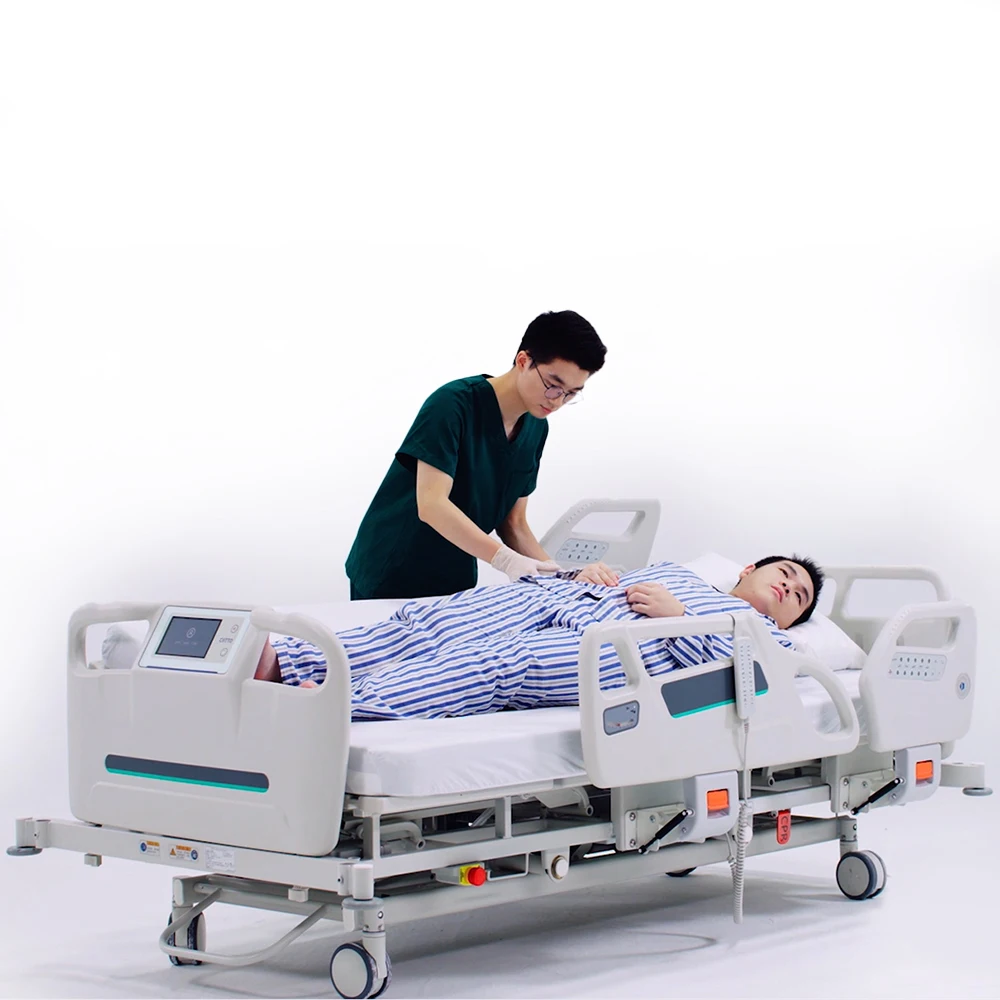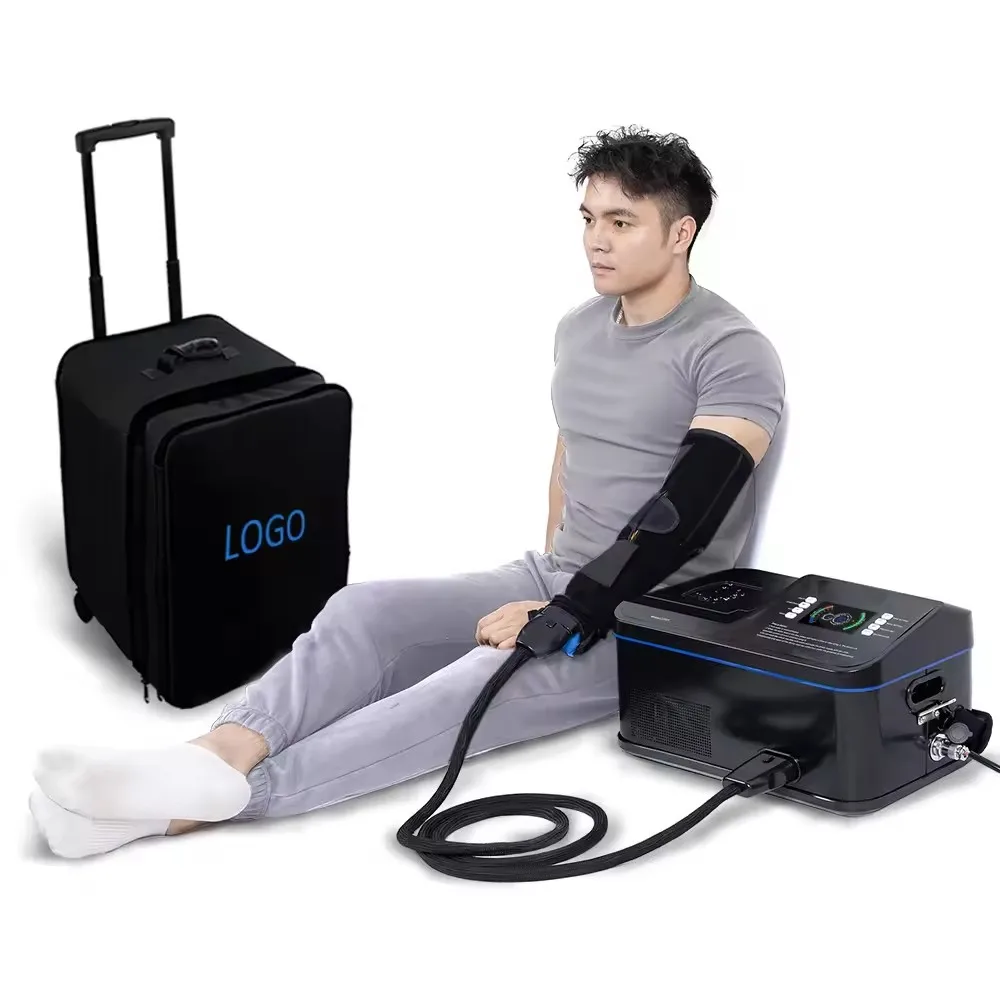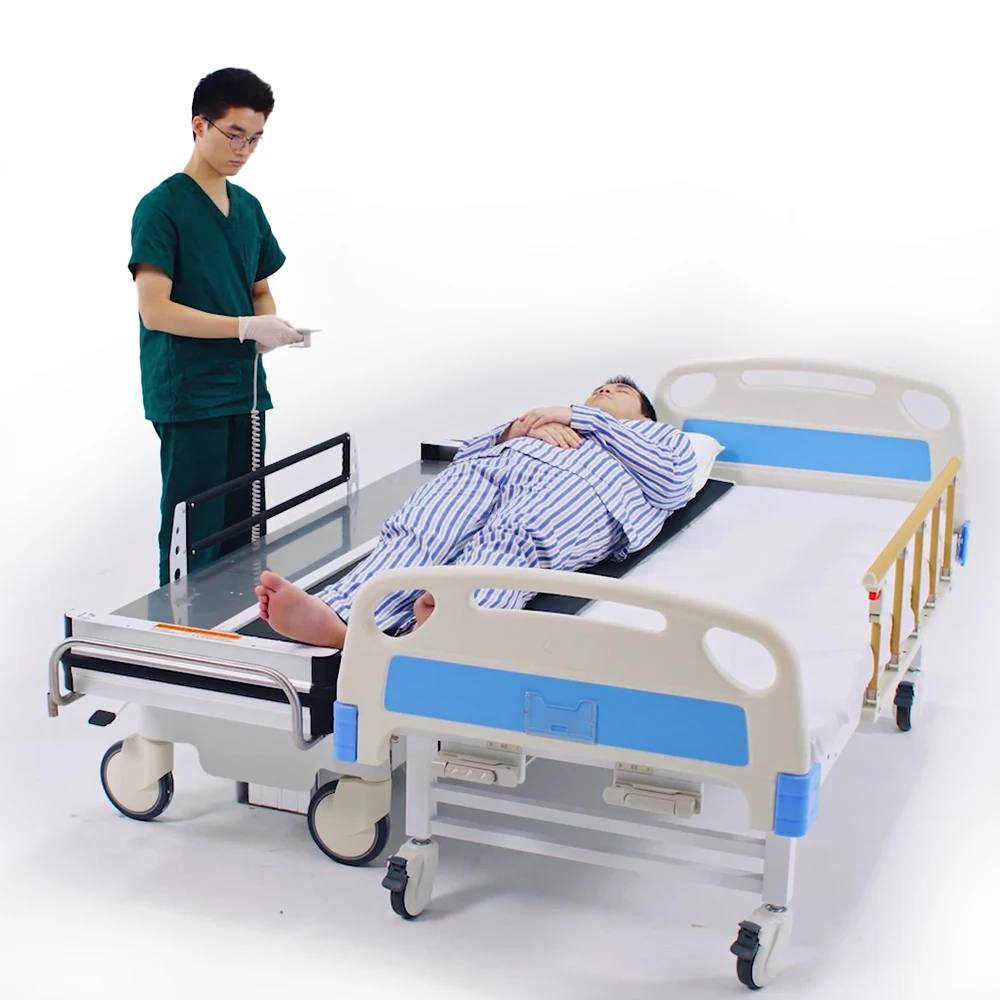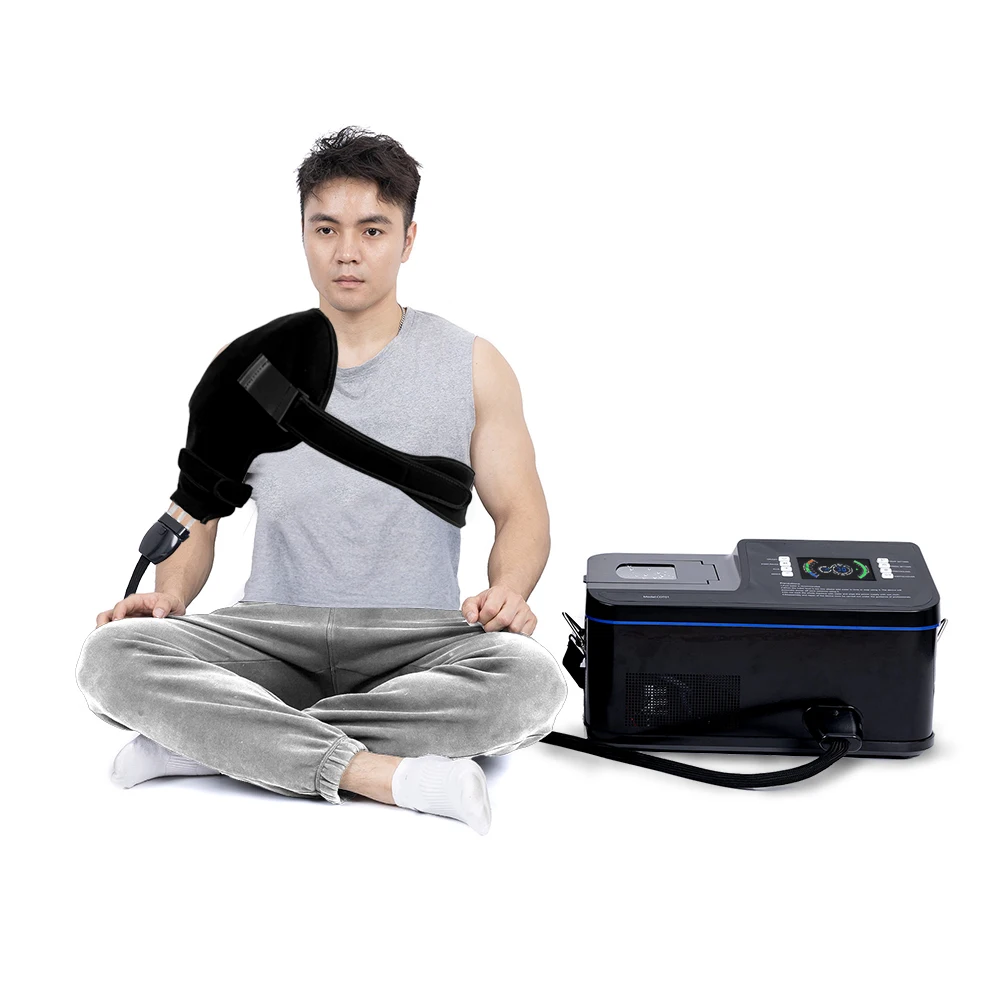преместване на пациент от легло на каретка
Преместването на пациент от легло към носилка представлява съществено постижение в грижите за пациенти и управлението на тяхната подвижност. Това основно медицинско оборудване осигурява безопасно и ефективно преместване на пациенти между легла и носилки, като минимизира риска от наранявания както за пациентите, така и за медицинския персонал. Системата обикновено прилага ергономични принципи на проектиране с плъзгащи механизми, регулируема височина и сигурни заключващи системи, за да гарантира плавни преходи. Съвременните системи за трансфер на пациенти често включват специализирани материали, които намаляват триенето и осигуряват комфорт по време на движение. Тези устройства могат да поддържат различни тегла и състояния на пациенти, което ги прави универсални за различни здравни среди. Технологията зад тези системи еволюира, като включва функции като интегрирани стабилизатори, аварийни механизми за освобождаване и антимикробни повърхности. Те са проектирани да се адаптират към различни височини и конфигурации на легла, осигурявайки съвместимост в различни здравни заведения. Приложението се разпростира извън болниците до домове за възрастни, реабилитационни центрове и домашни грижи, където преместванията на пациенти са чести. Оборудването често включва предпазни елементи като странични парапети, каишове за фиксиране на пациента и спирачни системи, за да се предотвратят инциденти по време на процедурите по трансфер.











